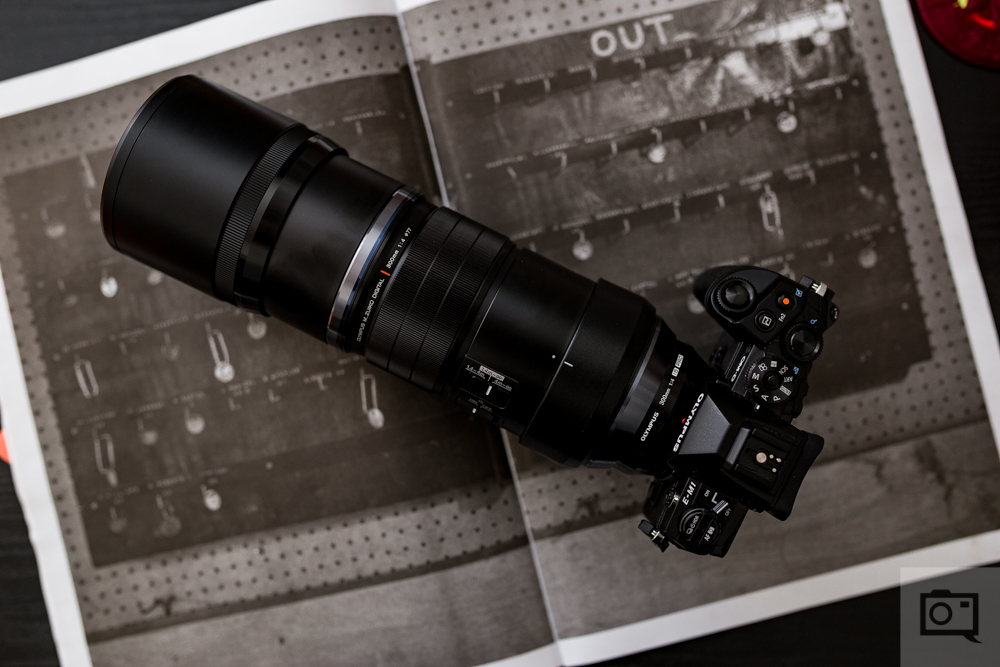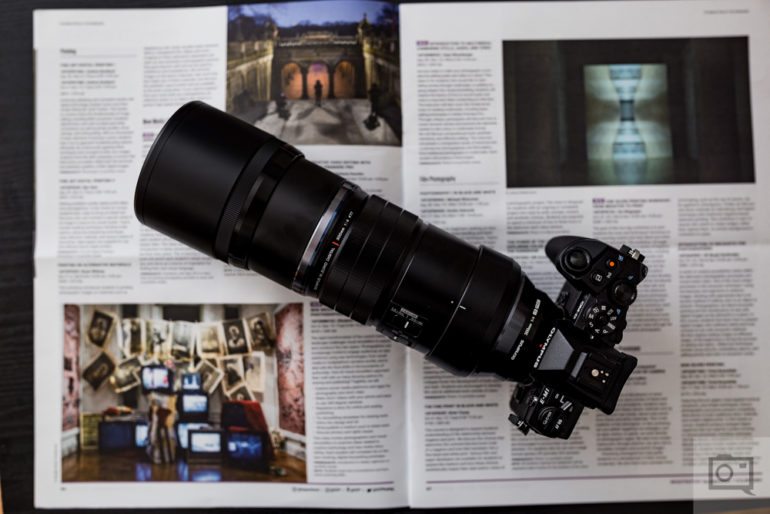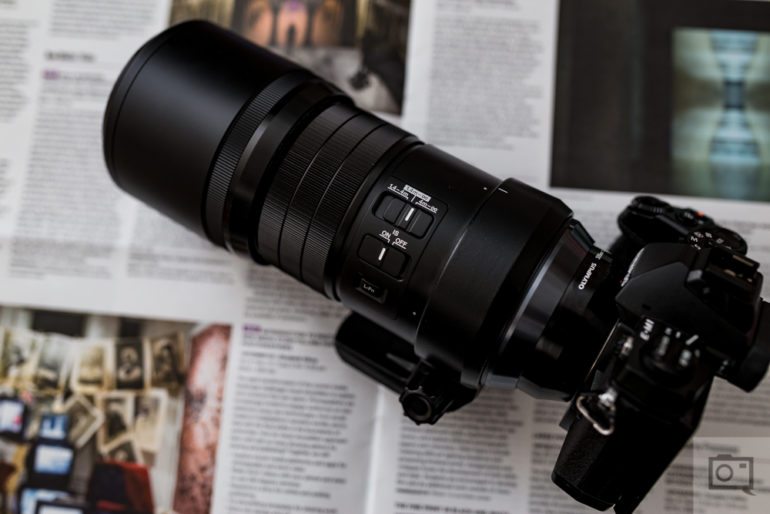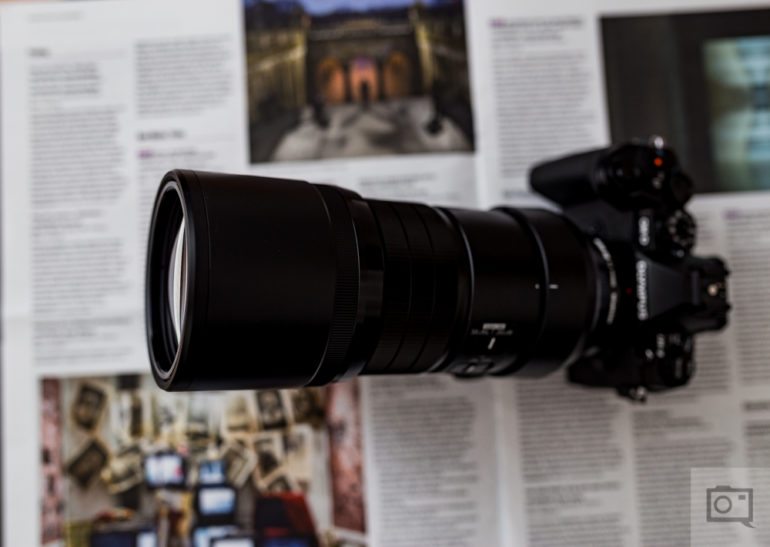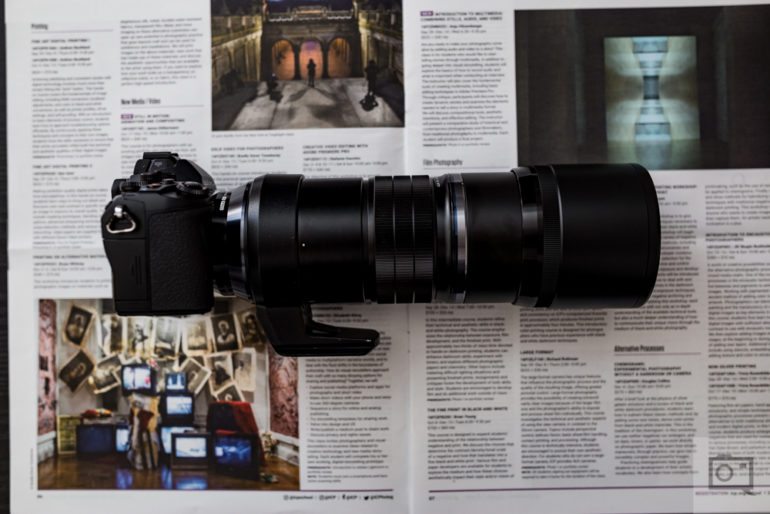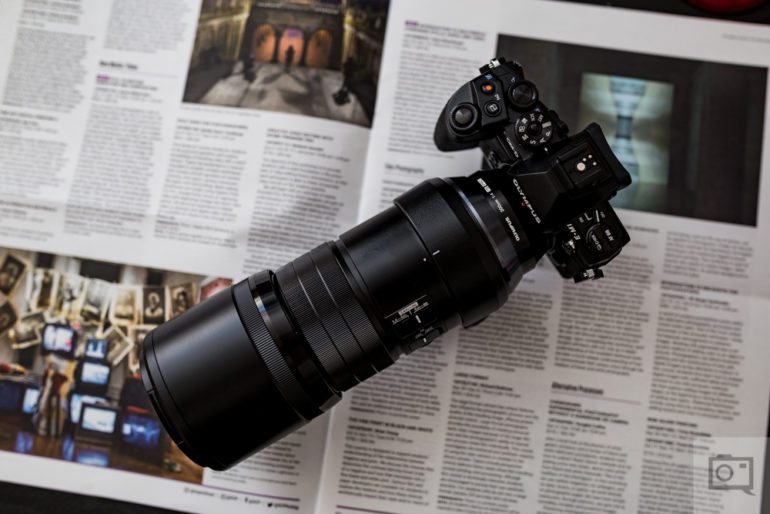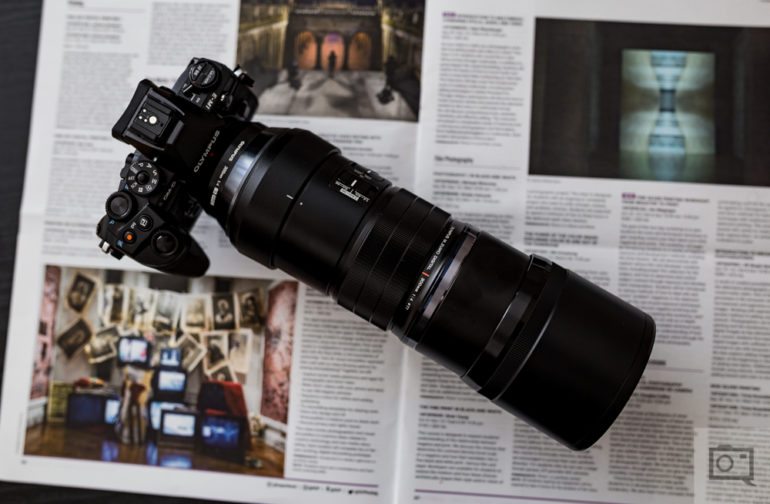Last Updated on 08/27/2016 by Mark Beckenbach
If you’re a Micro Four Thirds camera user, you’re most likely the type of person that loves to shoot street photography–but the Olympus 300mm f4 IS Pro is pretty much a far fetch from anything that a street photographer would use. Billed as one of Olympus’s Pro lenses, this one is designed for wildlife, sports, etc. Complete with weather sealing and a fairly light weight overall, what you’ll be most happy with is the fact that it’s also pretty small.
With an f4 aperture, you’ll probably never want or need to stop it down.
Pros and Cons
Pros
- Great colors
- Sharp image quality
- Nice bokeh
- Incredible build quality overall
Cons
- Pretty expensive
Gear Used
The 300mm f4 IS Pro lens was tested with the Olympus OMD EM5 and OMD EM1.
Tech Specs
Specs taken from the product listing
Key Specs
-
Focal Length300mm
-
35mm Equivalent Focal Length600mm
-
Lens Construction17 Elements in 10 Groups (3 Super ED lenses, 3 HR lenses,1 E-HR lens)
-
Dust & Drip ProofYes
-
Closest Focusing Distance1.4m
-
Maximum Aperturef4.0
-
Minimum Aperturef22
-
Additional Specs
-
-
Angle of View4.1 Degree
-
Max. Image Magnification0.24x
-
35mm Equivalent Max. Image Magnification0.48x
-
Minimum Field Size72.1 × 54.2 mm
-
Number of Blades9 (Circular Aperture Diaphragm)
-
Filter SizeDiameter 77mm
-
Weight1270g without the tripod collar; 1475g with the tripod collar
-
Focusing SystemHigh-speed Imager AF (MSC)
-
Box ContentsLens Cap (LC-77B), Lens Rear Cap (LR-2), Decoration Ring (DR-79) Instruction Manual, Olympus Local Warranty Card, LensCase (LSC-1127)
-
Related Accessories (Option)PRF-ZD77 PRO 1.4x TELECONVERTER(M.ZUIKO DIGITAL 1.4x TELECONVERTER MC-14)
-
Ergonomics
The Olympus 300mm f4 IS Pro is a lens that is very much unlike many of the other Olympus lenses. It’s very large in terms of what’s available for mirrorless cameras, and mostly in black. Considering that this is a prime lens, the overall body really has one major dial: focusing.
The lens has a few controls on the side: one of these is the image stabilization and the other main one that I worked with is the focus limiter. You probably won’t work with very much otherwise.
Another very nice feature is the fact that the lens hood retracts into itself. When you extend it and then twist it in a clockwise motion, it will lock into place.
The 300mm f4 also comes with a tripod collar. This obviously lets you use it when you need to on a tripod. When you place the camera down for a second, it keeps both the camera and the lens well off the surface.
Build Quality
This lens is designed and built very solid. It’s weather sealed, has metal on the outside, and feels incredibly serious. I took the lens to the beach recently and it was able to stand up to both sand and splashes from the Atlantic Ocean. But otherwise, it’s one of the best made Olympus lenses I’ve seen or tested.
Ease of Use
This isn’t a typical Olympus lens. For starters, you’ll need to consider the fact that the lens has image stabilization. Additionally, you’ll need to be conscious of all the switches when you take it out of a camera bag. Sometimes they’ll be switched to a position you don’t want.
Otherwise, it’s a matter of pointing, shooting, and falling in love with the photos.
Autofocus
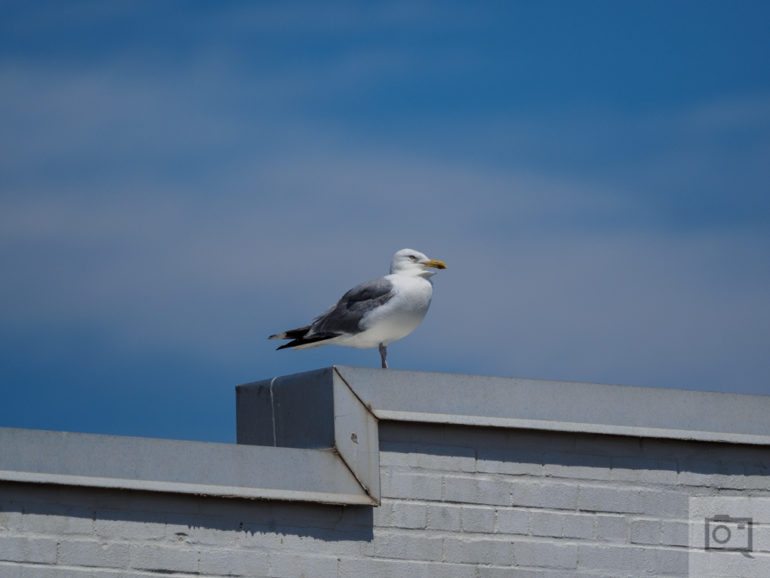
Image Quality

Bokeh
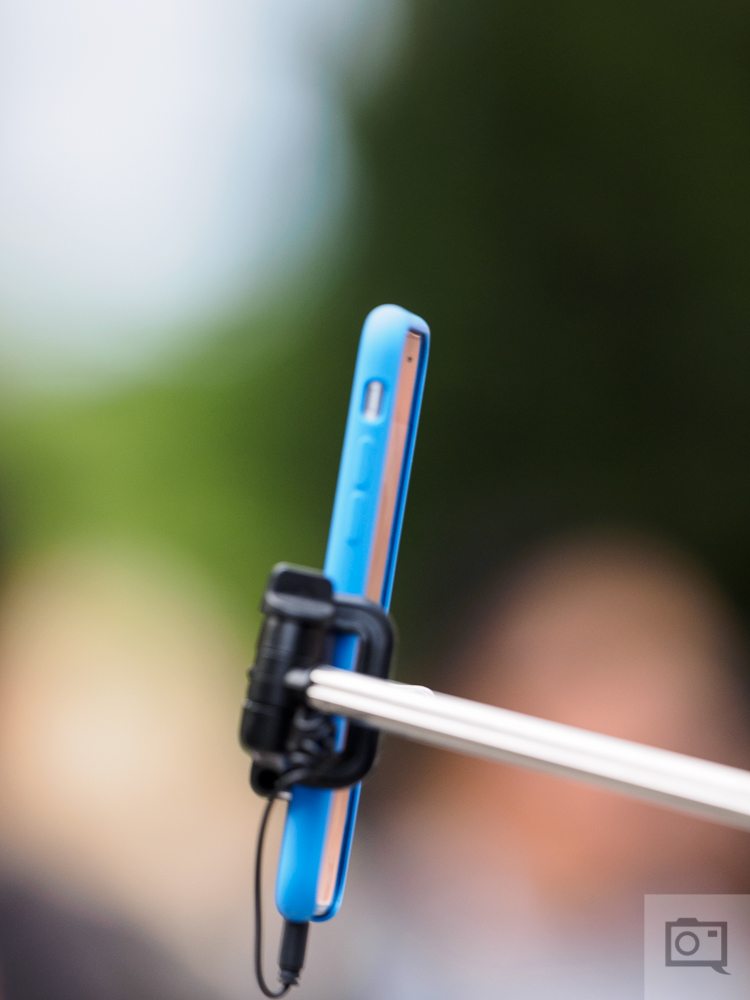
Color Rendition

Years ago, I used to be a professional paparazzo. I wish I had this lens back in that day.
Chromatic Aberration

Sharpness

Extra Image Samples


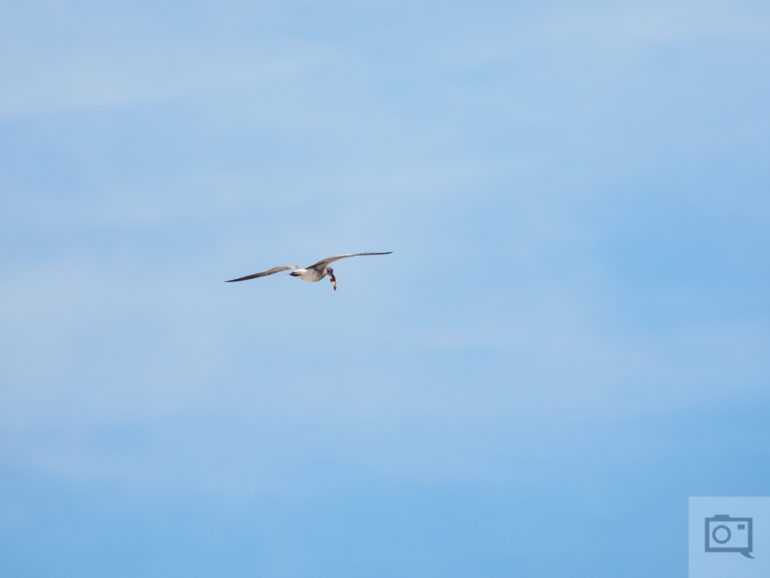
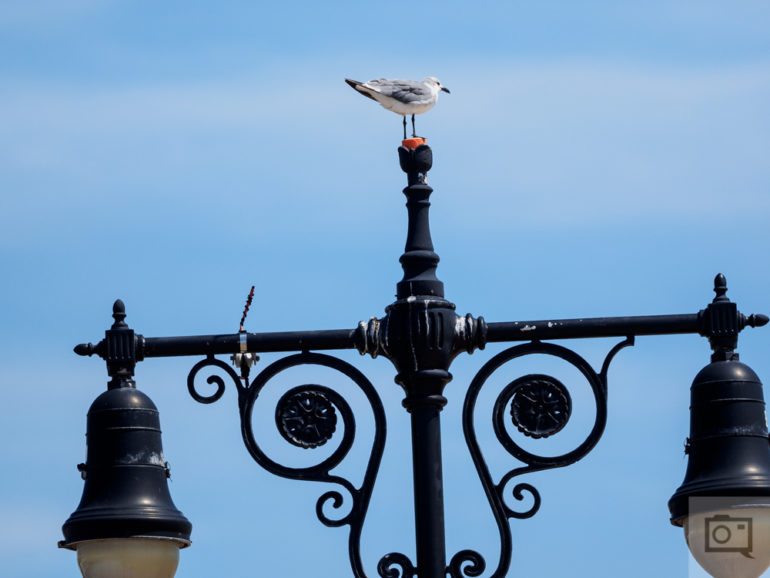


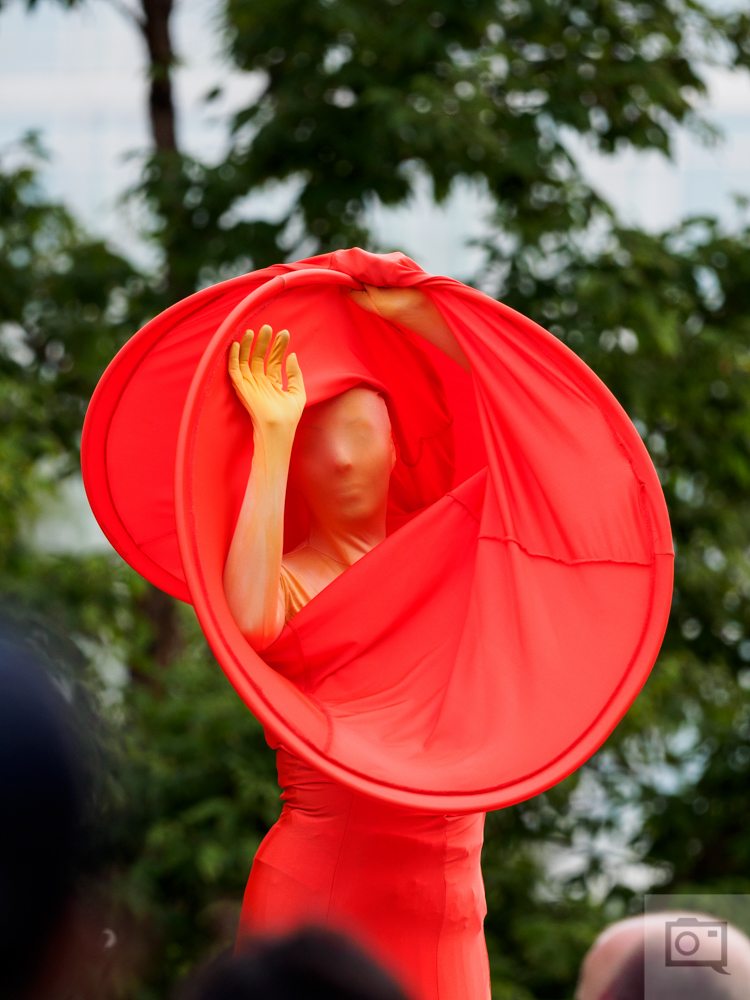






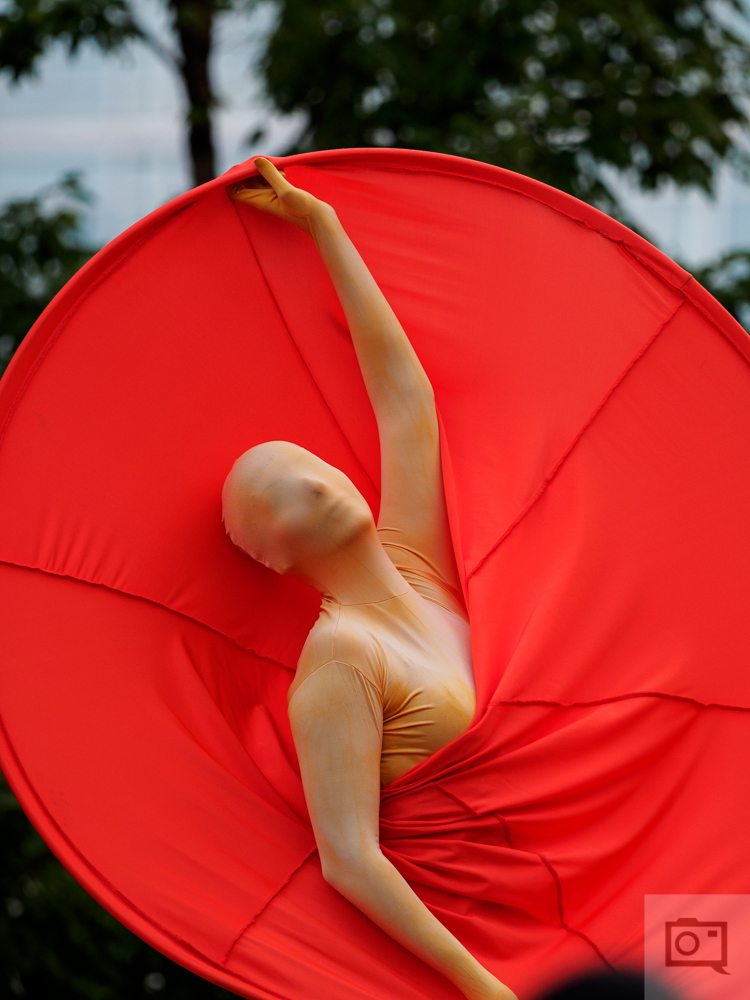
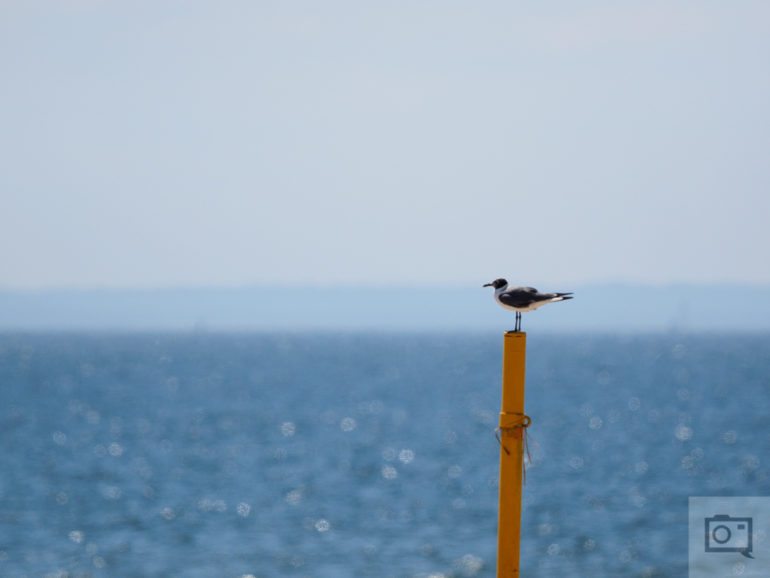

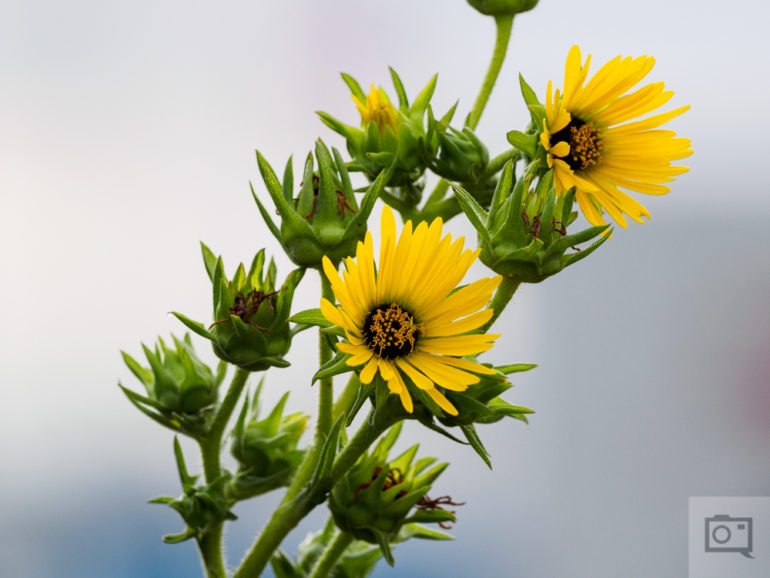



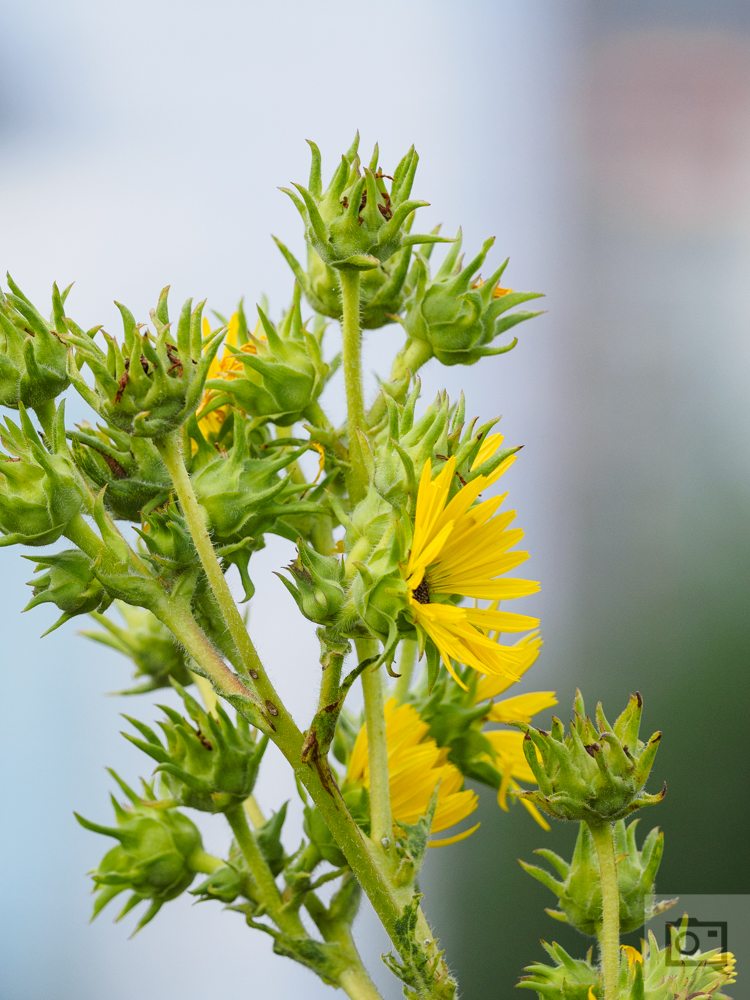

Conclusions
Likes
- Fantastic image quality overall
- Weather sealing
- Pretty light weight and small
Dislikes
- Nothing majorly to be honest
The Olympus 300mm f4 IS Pro lens is wonderful. It renders solid image quality, is built well, is lightweight, and honestly has a whole lot going for it. If you’re shooting wildlife, there’s very little reason why you’d give this one up.
My bigger problems with the lens don’t even really have to do with this exemplary product–it instead has to do with Micro Four Thirds overall. The system is capable of doing great things and rendering incredible quality, but the system has also been falling behind Fujifilm and Sony. Part of this has to do with the sensor size because everyone only wants something bigger.
Yes, it’s a myth, but most people don’t understand that. The EM1, Pen F, and all their cameras are highly capable and very good. In fact, I still use my OMD EM5 with a Voigtlander lens for street photography partially because their ergonomics are so solid. Indeed, Fujifilm and Olympus both are tough to beat when it comes to this.
Even crazier, if Olympus had a full frame sensor, they’d probably be wiping the floor with Sony and Fujifilm. They’ve got loads of support for their system, but their products aren’t truly pro with the according pro services. The EM1 has an auto mode for starters, and the 300mm f4 IS Pro has an incredible build quality but lacks a major professional support system if someone needs it.
For that reason, this lens is great. In fact, it’s fantastic–but I’ve got doubts about the Micro Four Thirds world overall despite my love of their cameras.
The Olympus 300mm f4 IS Pro lens receives five out of five stars for being a fantastic product overall.


